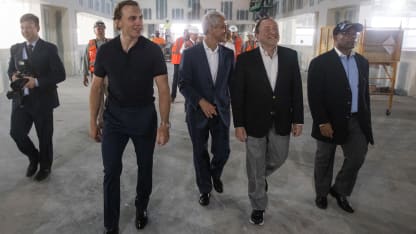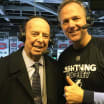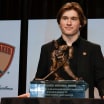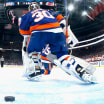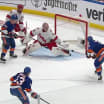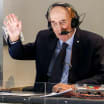The east side of the building will contain an ice sheet for the Blackhawks to practice, plus a new locker room, weight room and rooms designed specifically to allow players to practice shooting and stickhandling. The west side is for local youth teams to practice and play; it has more than 20 locker rooms.
Each ice sheet in the privately funded building includes stadium seating for fans.
The Blackhawks and visiting NHL teams will practice there, but the Blackhawks said 94 percent of the arena's use will be for the local community, including youth programs, high school teams and recreational leagues.
"It's a state-of-the-art facility, but it's not just for [Blackhawks] players, not just for [Blackhawks] coaches, but for the community and all the kids that aspire to one day be on the East rink rather than the West rink," Emanuel said. "That would not have happened if Rocky Wirtz had not decided to lead the organization to make an incredible investment in this facility."
As a player, Kane took note of two things: the increased size of the new weight room and the addition of specialty-skills rooms for shooting and stickhandling. The specialty rooms will be similar to what the Blackhawks used at past training camps held at the University of Notre Dame.
"It sounds like it's going to be a place you can come to, and feel comfortable and [will make] you want to get to work too," Kane said. "There's obviously things you want to work on at practice on the ice, but there are things off the ice too, whether it's keeping your body in shape or working on your shot or stickhandling. I'm excited about those things. It's state-of-the-art, so we'll be enjoying it."
Bettman was just as impressed, and not just by the NHL-caliber additions.
The Blackhawks will also help Chicago's underprivileged youth experience hockey through the new facility by spending more than $3 million during the next five years for ice time, bus transportation, use of equipment, instruction and nutritional support.
"What this facility represents is really, to me, two things," Bettman said. "One, it's symbolic of the excellence that Rocky is insisting on for the Chicago Blackhawks to make sure that this is, in all respects, a team that is run in a first-class way and has an opportunity to compete for the Stanley Cup every year. Secondly, this building represents an opportunity to really give back to the community in a meaningful way."

